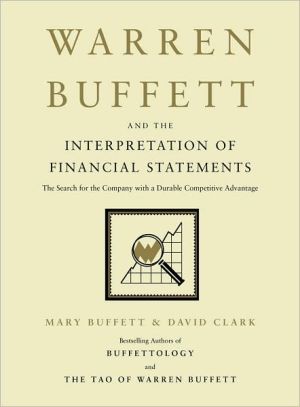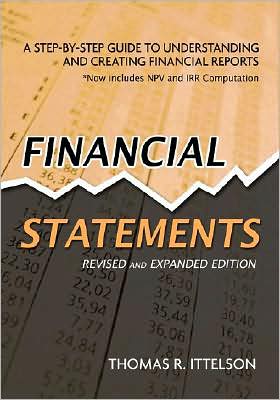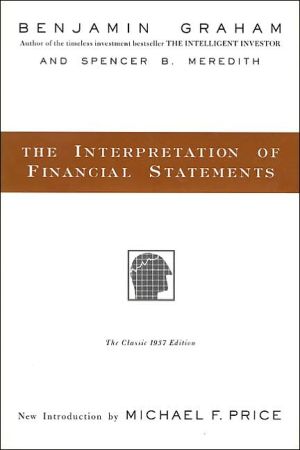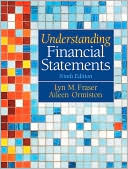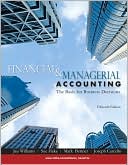Business Analysis and Valuation: Using Financial Statements, Text and Cases (with Thomson ONE Access)
Financial statements are the basis for a wide range of business analysis. Managers, securities analysts, bankers, and consultants all use them to make business decisions. There is strong demand among business students for course materials that provide a framework for using financial statement data in a variety of business analysis and valuation contexts. BUSINESS ANALYSIS & VALUATION: USING FINANCIAL STATEMENTS, TEXT & CASES, 4E allows you to undertake financial statement analysis...
Search in google:
Financial statements are the basis for a wide range of business analysis. Managers, securities analysts, bankers, and consultants all use them to make business decisions. There is strong demand among business students for course materials that provide a framework for using financial statement data in a variety of business analysis and valuation contexts. BUSINESS ANALYSIS & VALUATION: USING FINANCIAL STATEMENTS, TEXT & CASES, 4E allows you to undertake financial statement analysis using a four-part framework—(1) business strategy analysis for developing an understanding of a firm's competitive strategy; (2) accounting analysis for representing the firm's business economics and strategy in its financial statements, and for developing adjusted accounting measures of performance; (3) financial analysis for ratio analysis and cash flow measures of operating; and (4) prospective analysis. Then, you'll learn how to apply these tools in a variety of decision contexts, including securities analysis, credit analysis, corporate financing policies analysis, mergers and acquisitions analysis, and governance and communication analysis. This text also offers one Harvard case per chapter as well as an entirely separate section (Section 4) for additional cases!
Part One: FRAMEWORK. 1. A Framework for Business Analysis and Valuation Using Financial Statements. Part Two: BUSINESS ANALYSIS AND VALUATION TOOLS. 2. Strategy Analysis. 3. Overview of Accounting Analysis. 4. Implementing Accounting Analysis. 5. Financial Analysis. 6. Prospective Analysis: Forecasting. 7. Prospective Analysis: Valuation Theory and Concepts. 8. Prospective Analysis: Valuation Implementation. Part Three: BUSINESS ANALYSIS AND VALUATION APPLICATIONS. 9. Equity Security Analysis. 10. Credit Analysis and Distress Prediction. 11. Mergers and Acquisitions. 12. Communication and Governance. Part Four: ADDITIONAL CASES.

